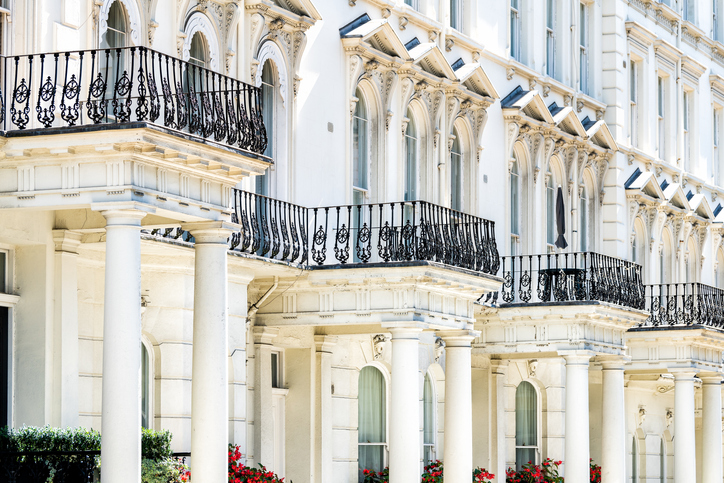Being on the front line of the property market, we identify trends before they are reported in the press. Our clients are well informed and kept up to date with high level market intelligence. Please contact us to find out more.

Jan 7, 2026
Published on 5 Jan 2026 Charles Curran, from Kensington & Chelsea estate agency Maskells, said: "This model provides the government the ability to value every residential property in...
read moreDec 23, 2025
Published on 22 Dec 2025 Beaufort Gardens, Knightsbridge £19.1mn (asking price) An international buyer exchanged on a brace of freehold buildings on Beaufort Gardens in...
read moreDec 19, 2025
Published on 18 Dec 2025 A prominent independent lettings agent has set out what she calls “the hidden costs harming landlord returns” and...
read moreDec 19, 2025
Located just off Walton Street, The Marlborough is a Chelsea development whose discreet exterior gives little indication of the calm and ordered environment found within. Set behind gates...
read moreDec 19, 2025
Published on 16 Dec 2025 Using surveyors is unlikely to produce all the valuations needed in the required timeframe, so the government is likely to turn to the Office for...
read moreDec 15, 2025
Published on 11 Dec 2025 People are saying there’s too much insecurity around tax so they’re simply not buying,” said Charles Curran, market data analyst at...
read moreDec 10, 2025
For the sixth year running, Maskells has won the British Property Award for their Letting Agency services in London SW3, at the same time the Sales division won their third British Property Award...
read moreDec 3, 2025
Published on 2 Dec 2025 Charlie Streatfeild from the estate agency Carter Jonas was “relatively relieved”, while Camilla Dell of Black Brick buying agency called it “fairly...
read moreDec 2, 2025
A pastel-pink period house in London’s Kensington is for sale through Maskells. In quaint, cobbled Petersham Mews, the three-bedroom home is not only beautifully blush-coloured but is...
read more